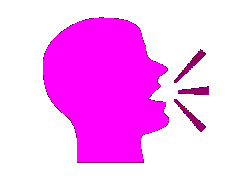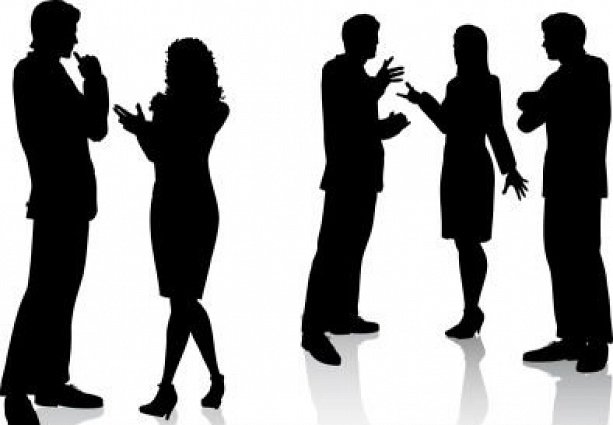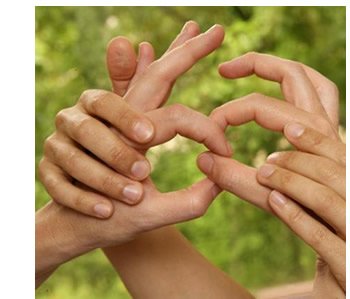Good evening, Here I leave this information so we can see the importance of communication.
The communication
We are social animals that in order to live and survive, we require communication. This nnos allows comparit our thoughts and feelings, remember the past, bring a regristro of the present, anticipate the future and transmit knowledge from one generation to another.
We live in a complex era of telecommunications, but we continue to use, as our ancestors, direct communication. The spoken language, esclusivo of the human beings, allows us to communicate a sinfin of ideas.
Gestures and body language express, sometimes unconsciously, our feelings. The brain controls all types of communication.

Social animals
Many of our closest relatives, such as chimpanzees and howler monkeys, are social animals, able to communicate in different ways to survive as a group. However, none of them is comparable to the intellectual level of human interaction and communication. We are able to use and consign language, a skill that has allowed us to make extraordinary cultural and technological advances over 10,000 years.
Emission of sounds
To make sounds, the vocal cords, unfolded through the larynx, are tensed as air bubbles are passed through them from the lungs. This makes them vibrate, which produces sounds that, under the control of the brain, are modified by the lips and by the tongue to generate speech.

Silent
When no vocal sounds occur, normal breathing resumes. The vocal cords relax and open to allow free passage of air between the lungs and the larynx. Men, when speaking, produce sounds less acute than those of women because their vocal cords, which are longer and thicker, vibrate more slowly.
The language of the body.
The desperation of the player who failed a goal, and that of the followers of his team, is otherwise manifest from his body language. This form of communication uses postures and facial expressions as eloquent as words.
A more subtle body language highlights, boredom or interest, anxiety or trust, and even if someone lies. However, some people capture those subtleties better than others.

Facial expressions
Humans have a vaiety of facial expressions that reflect their emotions and feelings. The expression may be obvious, like a frank smile, or more subtle, like a slight arch of the eyebrow.
The expressions are works of more than 30 small muscles that are attached to the skull by one of its ends, and on the other, to small areas of the skin.
Almost all facial muscles form pairs, although some, such as those that close the eye, are used independently, such as when winking.

Expressions by means of signs
Who can not hear clearly or at all oral language use signs to communicate with each other, or with those who do. Instead of sounds, sign language uses movements of fingers, hands, arms and body, as well as lip and facial expressions, to communicate ideas and meanings.
This language is not international, but, like the oral one, it varies from one region to another.
Sign language is also used in certain circumstances by those who can hear. Divers communicate with each other with signals when they are underwater; the technicians of the TV recording studios use signs when total silence is required.

Effective communication is an essential aspect of human interaction, enabling the exchange of ideas, emotions, and information. It empowers individuals to connect, understand, and collaborate, fostering relationships and facilitating progress. Whether conveyed through spoken words, written messages, or non-verbal cues, communication serves as a bridge that traverses gaps of understanding. So go now and embark on this journey of communication, embracing its power to transform lives and build bridges of understanding. It invites us to express our thoughts, listen actively, and empathize with others. In a world of constant connectivity, where technological advancements have expanded the channels of communication, it becomes increasingly vital to adapt and hone our skills.
Downvoting a post can decrease pending rewards and make it less visible. Common reasons:
Submit